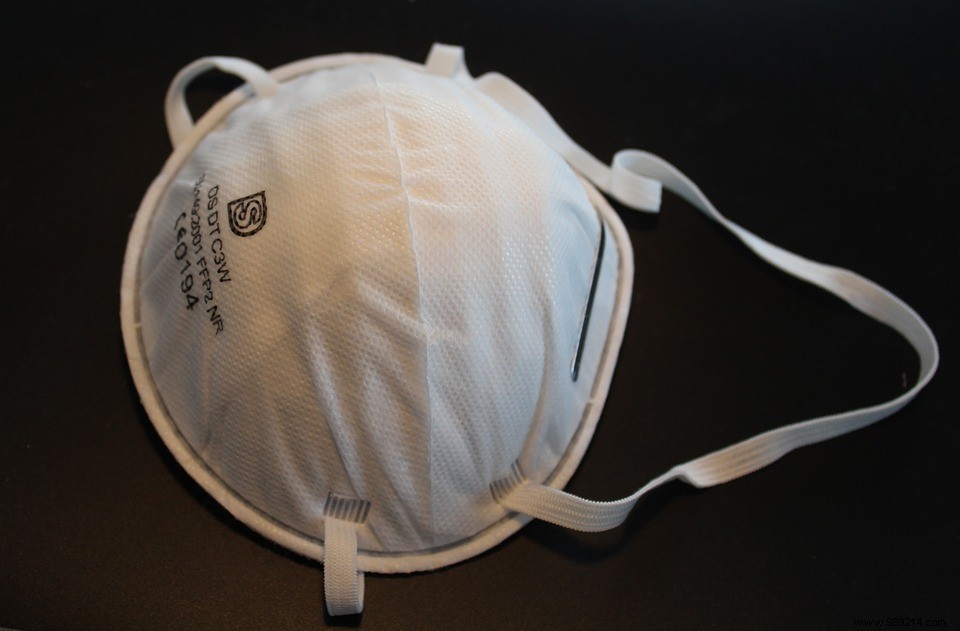With the shortage of protective masks, we are encouraged to make fabric masks ourselves. The fact is that the French Ministry of Health considers these masks to be ineffective against the Covid-19 coronavirus. So why should we make them?
Recently, tutorials showing how to make a fabric mask have been popping up all over the Internet. It is true that in times of confinement and shortage of protective masks, the solutions are not legion. While France now has more than 11,000 confirmed cases for nearly 330 deaths , the issue of "homemade" masks is gaining momentum.
According to AFP, the practice has been democratized through a video dated March 8, 2020. It is possible to see a man making a mask which he says would be "as effective as the masks usually sold in pharmacies" . The interested party used a roll of paper towel, two plastics and a stapler. In the comments, a user posing as a seamstress shared a photo of her fabric mask.

What about these masks? To find out, AFP questioned the General Directorate of Health (DGS), dependent on the Ministry of Health. The DGS first reminded that people without symptoms do not need to wear a mask . But the case of asymptomatic people poses a problem in this case. The French must stay at home and go out as little as possible unless the need arises. However, the DGS believes that these homemade masks "can help reduce the transmission of the virus by sick people "; an observation confirmed by several studies published in 2008 and 2013. It could therefore be useful to make homemade masks in case these do not have certified masks. Moreover, this practice has also been democratized at the level of hospital staff, also plagued by shortages.

If these masks can somewhat reduce the potential transmission of the virus by sick people, they are almost ineffective against viral projections . "First, the fabric is not effective, I think it's a false protection “, explains Professor Pascal Astagneau to France Inter. "Masks must be tested:you can't do everything and anything (…) A mask is normally changed every three or four hours and, after a while, becomes damp, soiled, contaminated and no longer fulfills its function ". In other words, even when wearing such a mask and changing it regularly, the measures concerning hygiene and the distance between people must absolutely not be overlooked.
Finally, the risk with wearing this type of mask is a possible false sense of security which can tempt some to neglect these same measures which are the most important and the most effective.
Remember that the hygiene measures recommended are the following:
– Wash your hands very regularly
– Maintain a safe distance of at least 1 meter between people
– Cough or sneeze into your elbow or in a handkerchief
– Use a single-use handkerchief and throw it away
– Greet avoiding hugs and handshakes
Sources
Related Articles: